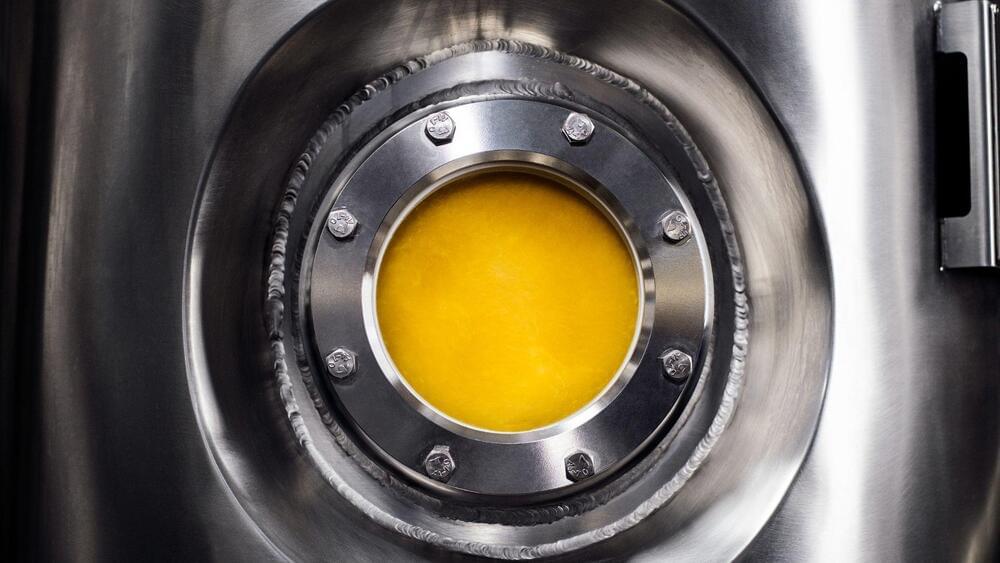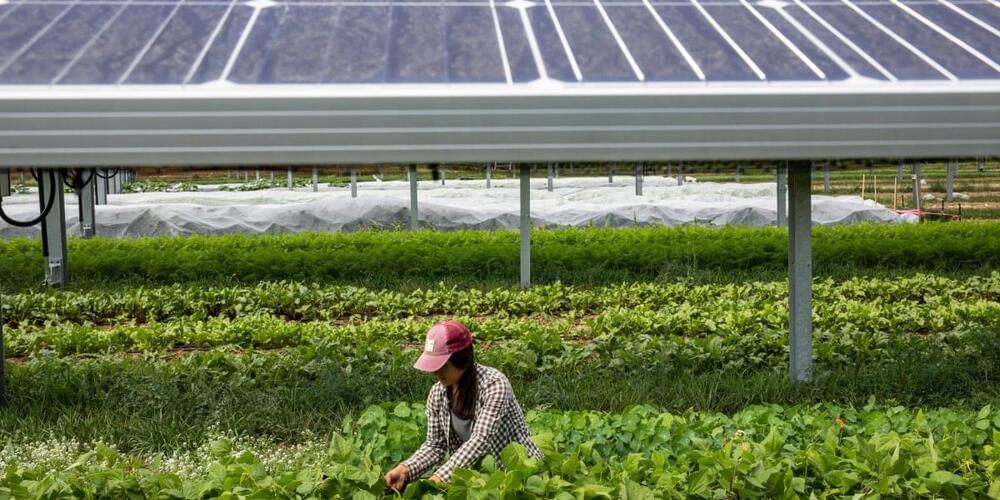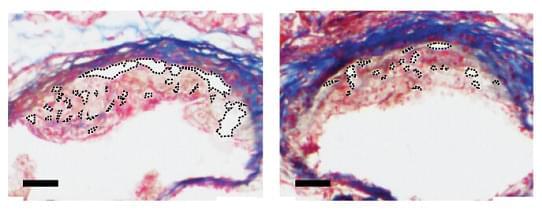Solar Foods, a Finnish food tech company famed for its approach toward alternative protein — made of microbes cultured with electricity and air, is ready to make giant strides in 2023. The company is building its first commercial-scale factory near Helsinki, Finland, that can make food directly from carbon dioxide, New Scientist reported.
The alternative protein, Solein, and its usage in various foods have already been tested in a pilot factory for two years. Recently, Business Finland approved a €34 million grant funding to Solar Foods, making it the largest public grant funding for cellular agriculture in the world. In September 2022, Solar Foods was also selected to be a part of the European Commission’s strategic hydrogen economy core.





